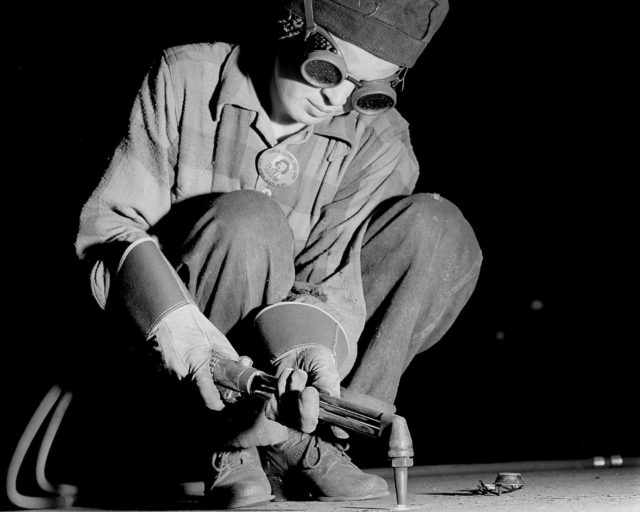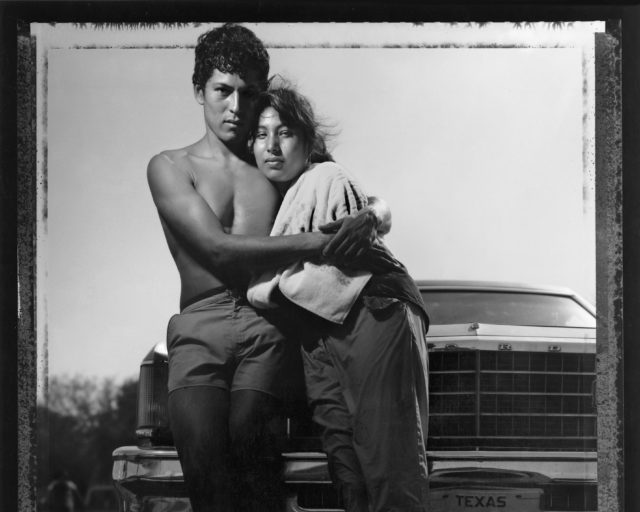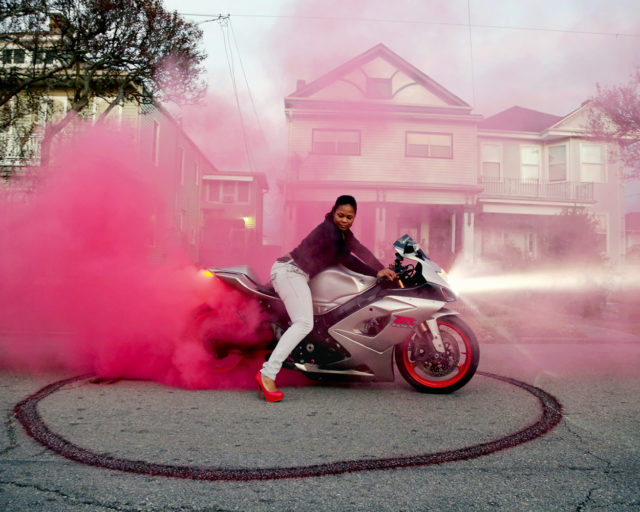Gordon Parks, Stokely Carmichael, Lowndes County, Alabama, 1966
On June 16, 1966, Stokely Carmichael, who had just been elected head of the Student Nonviolent Coordinating Committee (SNCC), appeared at the Meredith March Against Fear in Greenwood, Mississippi. Carmichael, alongside leaders including Martin Luther King Jr. and Fannie Lou Hamer, had resolved to continue the weeks-long protest march begun by the voting-rights activist James Meredith, who, while on his solitary walk from Memphis to Jackson, had been shot by a white supremacist. Facing a crowd that evening, Carmichael grabbed a microphone and said, “We been saying freedom for six years and we ain’t got nothin’. What we gonna start saying now is Black Power!” The marchers cried back, “Black Power!”
The white establishment wasn’t happy with Carmichael’s language, and photographs taken during his speech didn’t soothe its fears. The photographer Bob Fitch had captured Carmichael baring his teeth as he forcefully gesticulated, his features underlit like those of a villain in a silent movie. News outlets cautioned against a rise in reverse racism, and the polls saw a white backlash that November when many Anglos interpreted “Black Power” as a call to violence.

During this tumult, Gordon Parks met Carmichael in Berkeley while on assignment for Life magazine, where he was the first Black staff member. This Vogue alum was so impressed by Carmichael that he went on to shadow him into the following year. Five pictures would illustrate Parks’s 1967 Life profile, “Whip of Black Power.” While some of the article’s photographs have been collected by the Virginia Museum of Fine Arts, the rest of Parks’s photographs and contact sheets had not been exhibited or published until the Museum of Fine Arts, Houston, staged its 2022 exhibition Gordon Parks: Stokely Carmichael and Black Power and published an accompanying catalog.
Parks wanted to draw Stokely Carmichael’s full character as a multidimensional person.
“When I came to Houston, a Parks project was on my list. I went out to the Parks Foundation in Pleasantville, New York, and I knew immediately that this was the project we had to do,” the associate curator of photography Lisa Volpe recently told me. “It has such resonance with the Black Lives Matter movement and the entire long history of the civil rights movement. I jumped at the opportunity.”
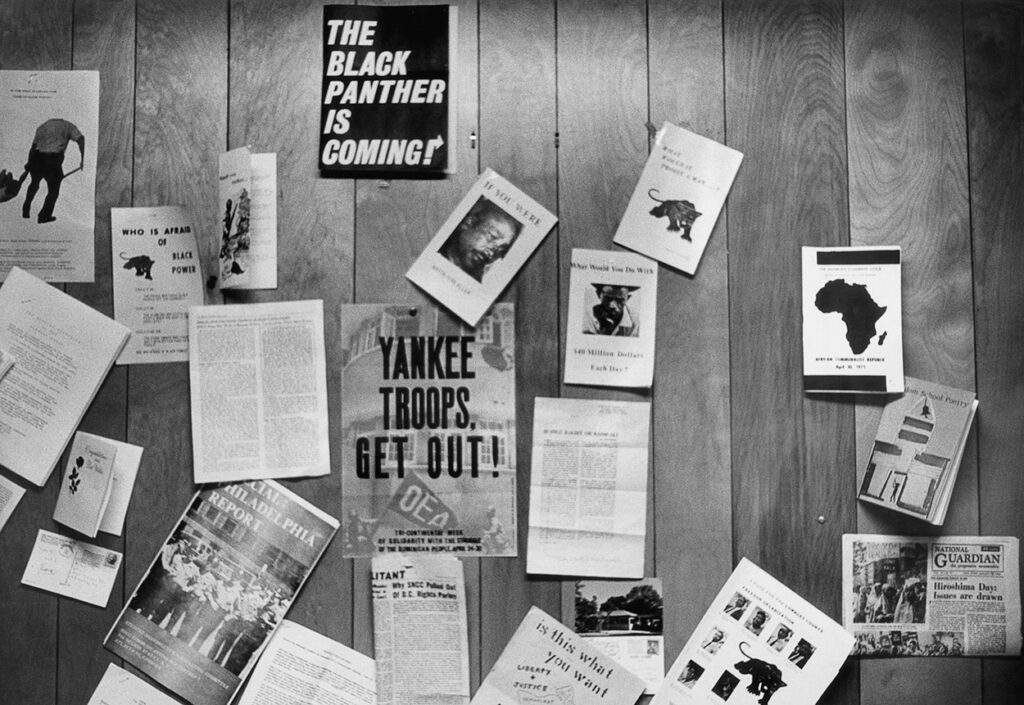
Volpe appreciated that Parks initially questioned Carmichael’s ideas: in Life, he pressed Carmichael about whether he was “preaching violence”—a charge Carmichael eloquently rebutted, even as he emphasized the need for Black self-defense. Parks eventually warmed to the concept of Black Power, ending his essay with uneasy admiration for Carmichael, and the images he took countered Fitch’s sensationalizing depiction. In Stokely Carmichael, Lowndes County, Alabama (1966), Parks captured Carmichael canvassing Lowndes, which was 80 percent Black but, due to white violence, had no registered voters of color. Carmichael helped form the pro-voting-rights Lowndes County Freedom Organization, whose mascot was a pouncing black panther. When he snapped Carmichael on one of the county’s gravel roads, Parks drew on his fashion background, highlighting the activist’s combat boots and preppy pullover emblazoned with the feline, which would later be adopted by the Black Panther Party.
As Volpe sifted through Parks’s contact sheets, she encountered a cascade of images similarly deploying detail to bring the viewer into Carmichael’s mission-driven world. A 1967 picture shows a man securing the scene at a November rally in Watts, Los Angeles: dressed in a slim gray suit, he talks intently into a walkie-talkie while a large crowd sits expectantly on the ground to hear Carmichael speak. Another photograph documents SNCC’s Atlanta office, whose walls are papered with leaflets and pamphlets, one of which reads “The Black Panther Is Coming!”
Parks accompanied Carmichael on the car trips that brought him to these mobilizations, at one point snagging an image of him driving through town while laughing with his unseen companions. Volpe’s research revealed that Carmichael usually sat at the wheel, because he’d been trained in defensive driving. “Stokely always wanted to be in the driver’s seat because that was the position of responsibility, and he was caring for his SNCC colleagues,” she says.
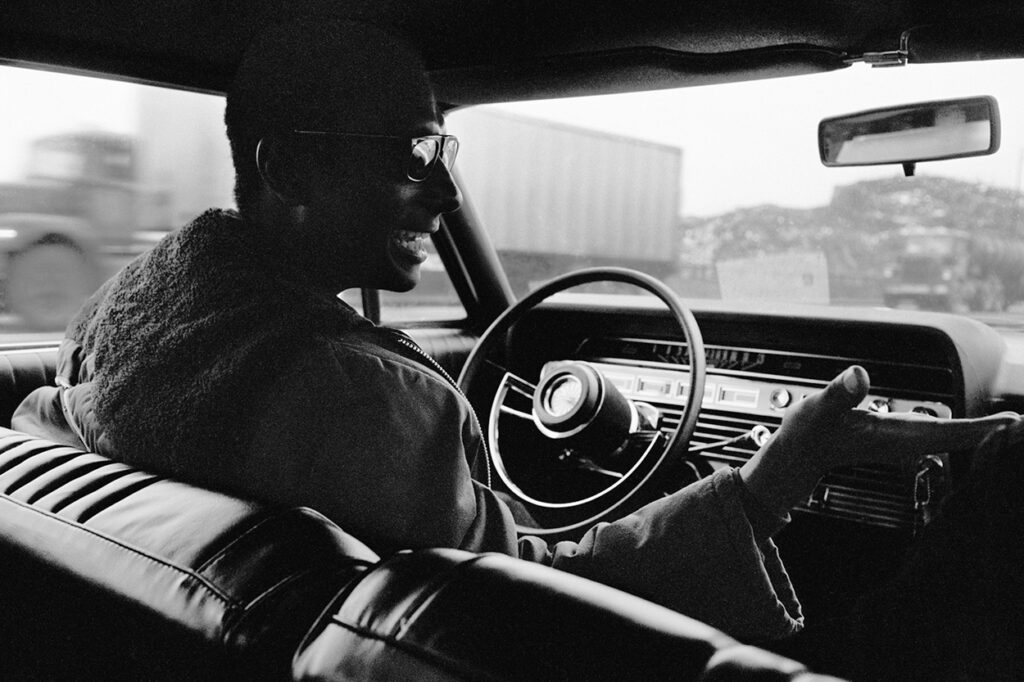
All photographs courtesy Gordon Parks Foundation
Carmichael died in 1998, but his words are very much alive today. The 2022 documentary Lowndes County and the Road to Black Power was recently acquired by the streaming service Peacock; the newly created Black Migrant Power Fund seeks to support Black-led, migrant-focused nonprofits; and the artist Hank Willis Thomas recently installed his monumental sculpture All Power to All People (2017), which combines a hair pick with the Black Power salute, in New Orleans’s Lafayette Square. Parks’s Life photographs form an essential part of the Carmichael and Black Power archive.
“Parks was very aware that the vast majority of Life’s readership was white,” Volpe says. “But he understood that it was his voice that could humanize people like Stokely Carmichael, who had been shown in such a terrible, one-dimensional manner. He wanted to draw Stokely’s full character as a multidimensional person. And, in the end, you can see Parks really took in Black Power, interpreting it in his own way.”
This article originally appeared in Aperture, issue 249, “Reference.”














